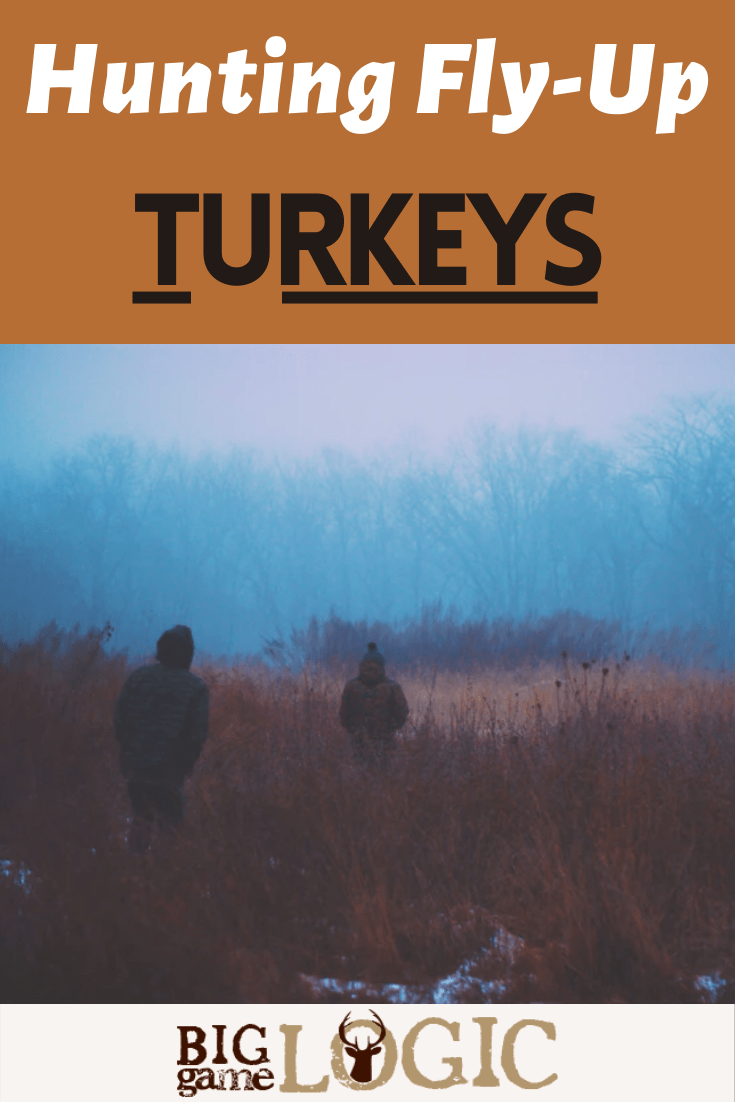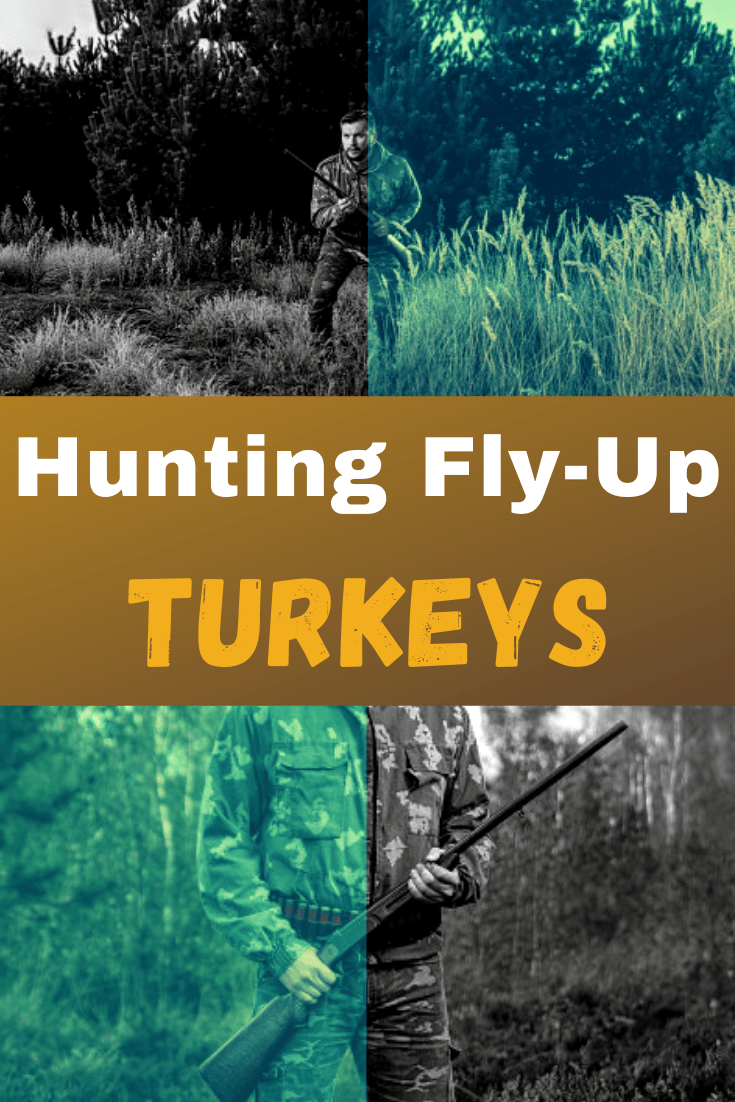Big Game Logic is reader-supported. When you buy through links on our site, we may earn an affiliate commission.
When most turkey hunters imagine the perfect hunt, they think about setting up on a roosted bird, calling him in, and putting him on the ground… all before breakfast time. Slam-dunk morning hunts make for great stories and allow many hunters to catch up on their sleep. For those who don’t fill their tag early in the day, late morning is also prime time for gobblers.
Perhaps even better than late morning is the fly-up hunt. The only caveat is legality. Hunting turkeys in the evening is illegal in some states. Check your regulations before trying this technique.
The most important factor in hunting fly-up turkeys is finding the roosting site. If you were on the roost in the morning, you’ve got a pretty good idea of where turkeys would like to be in the evening. However, if the weather changes during the day or the birds are heavily pressured they may not return to the same roost trees from the night before.
In the case of inclement weather, I’ve found that turkeys will often roost in trees at the bottom of valleys as opposed to ridgeline trees they typically roost in. If they are pressured out of their usual routine, where they will go to roost is anyone’s guess. They could come right back to last night’s roost or they could end up on a distant property.

If you don’t know where to start, look for stands of hardwood trees along field edges. If winds are fairly calm birds prefer to roost in trees on the highest points of a particular ridge. If you are out during midday, take a look under trees in likely spots. Search for droppings and feathers. Wide spread turkey sign is a good indication of a heavily used roosting spot. I like to be ready to hunt with three hours of legal shooting time left in the day. If decoys are set too late, turkeys may have already decided on a roosting location.
After deciding on a location, set decoys in a feeding pattern out in the open. Use as many decoys as possible. Try to appear as a mini-flock getting ready to fly-up for the evening. Turkeys often roost in a line parallel to an adjacent field rather than a glob. Why is this important to know? It means that even if you are not right on the preferred roosting spot, there is a strong chance of calling in a gobbler within range.
When it comes to calling, more is better. However, the loud, aggressive calling used in the morning should be put on the shelf in the evening. Try soft clucks and purrs in an attempt sound like several contented turkeys instead of one hot hen. Gobblers are not looking for love in the evening. As a hunter, the goal is to emulate a safe situation.
One of the most frustrating parts of hunting turkeys in the morning is watching hens pull gobblers away from you. Hens are an advantage in the evening. Hens will bring gobblers with them to your location. Turkey hunters usually call to toms. Calling hens is more productive during fly-up hunts. My best strategy for calling hens is to simply mimic them.
The biggest thing to be aware of when hunting fly-up gobblers is the end of shooting hours. On clear days, turkeys often won’t fly up until after sunset. Be sure to set a watch or cell phone alarm to alert you of the end of shooting hours. One of the most common game violations in all states is hunting after hours.
Don’t be a part of this statistic. Tagging a tom isn’t worth a citation or the guilt you will feel for doing something unethical. If shooting hours end as a gobbler approaches, let him get in his tree and sneak out under the cover of darkness. You know where he’ll be in the morning.
Share to Pinterest




